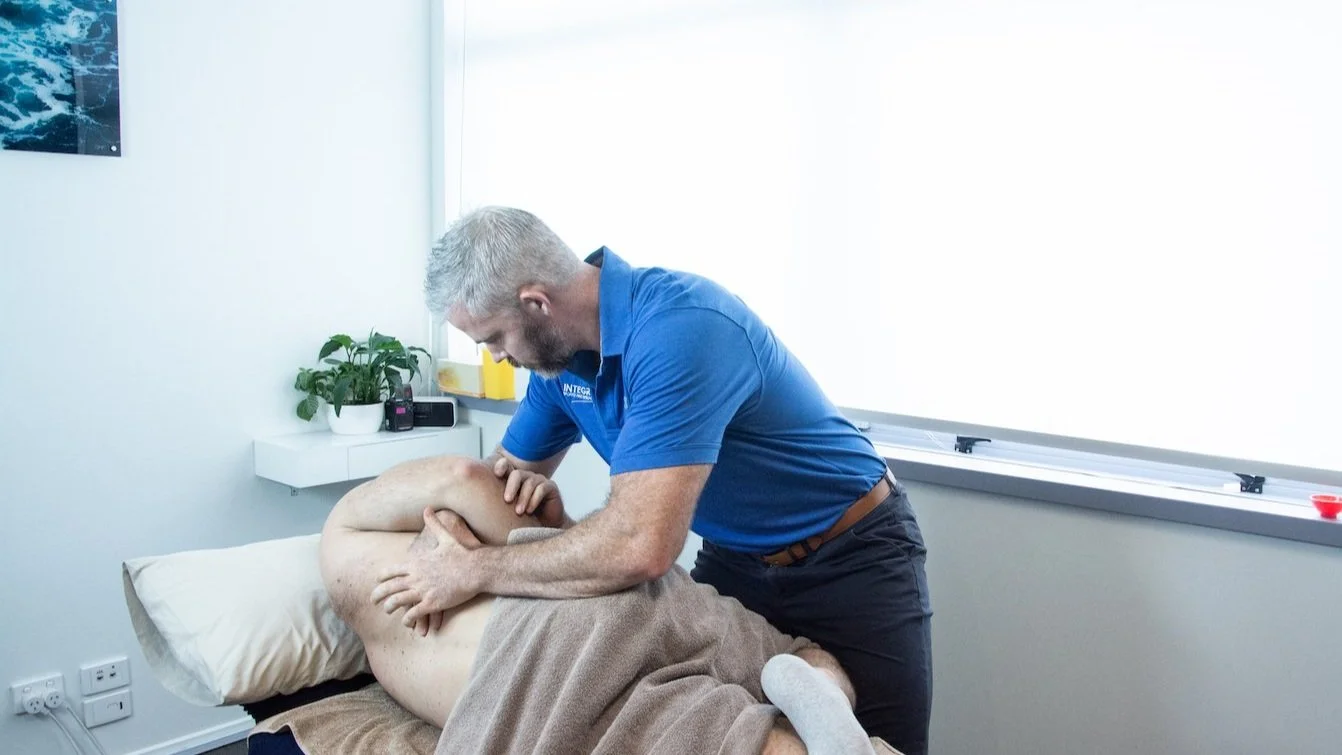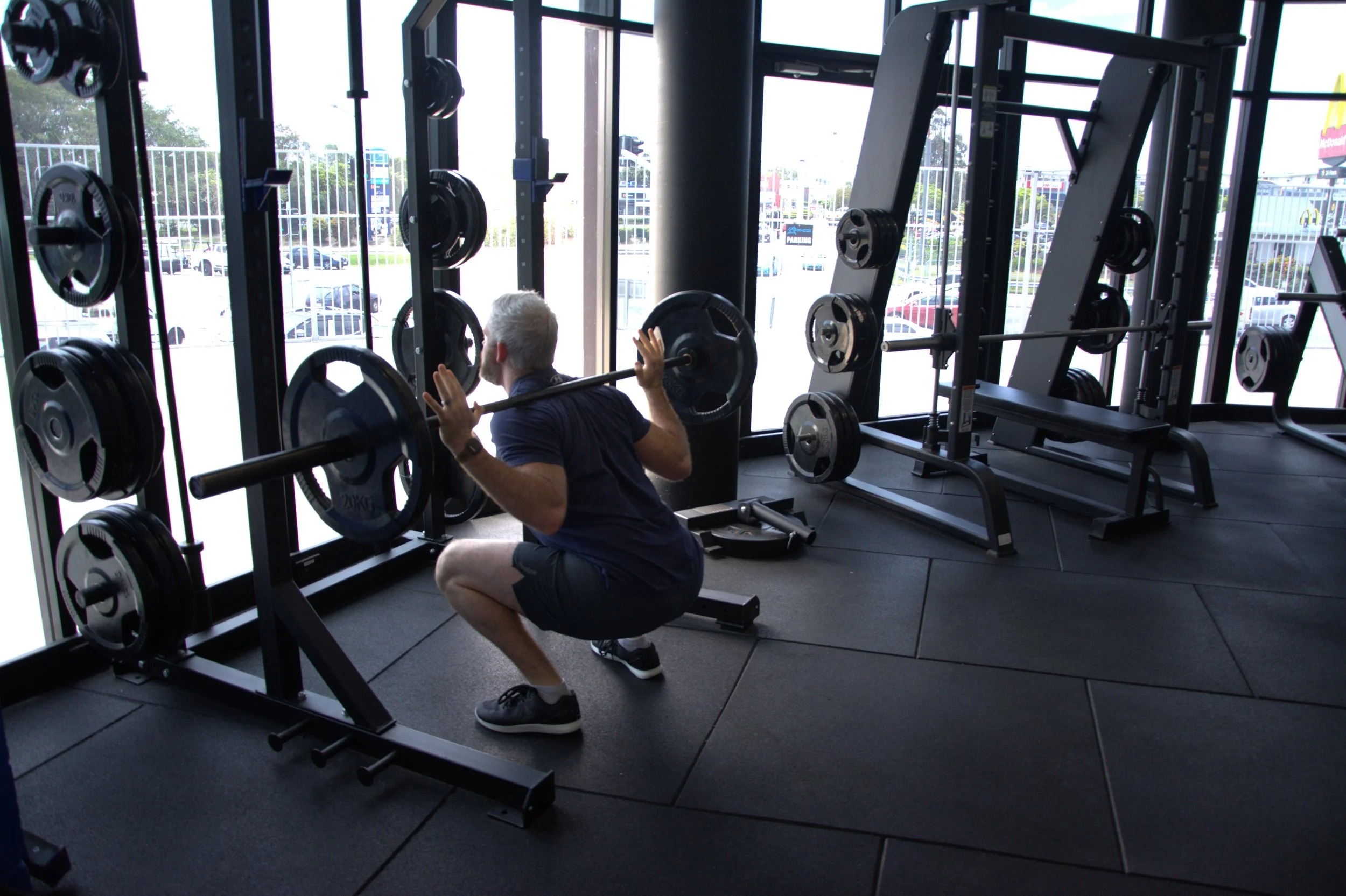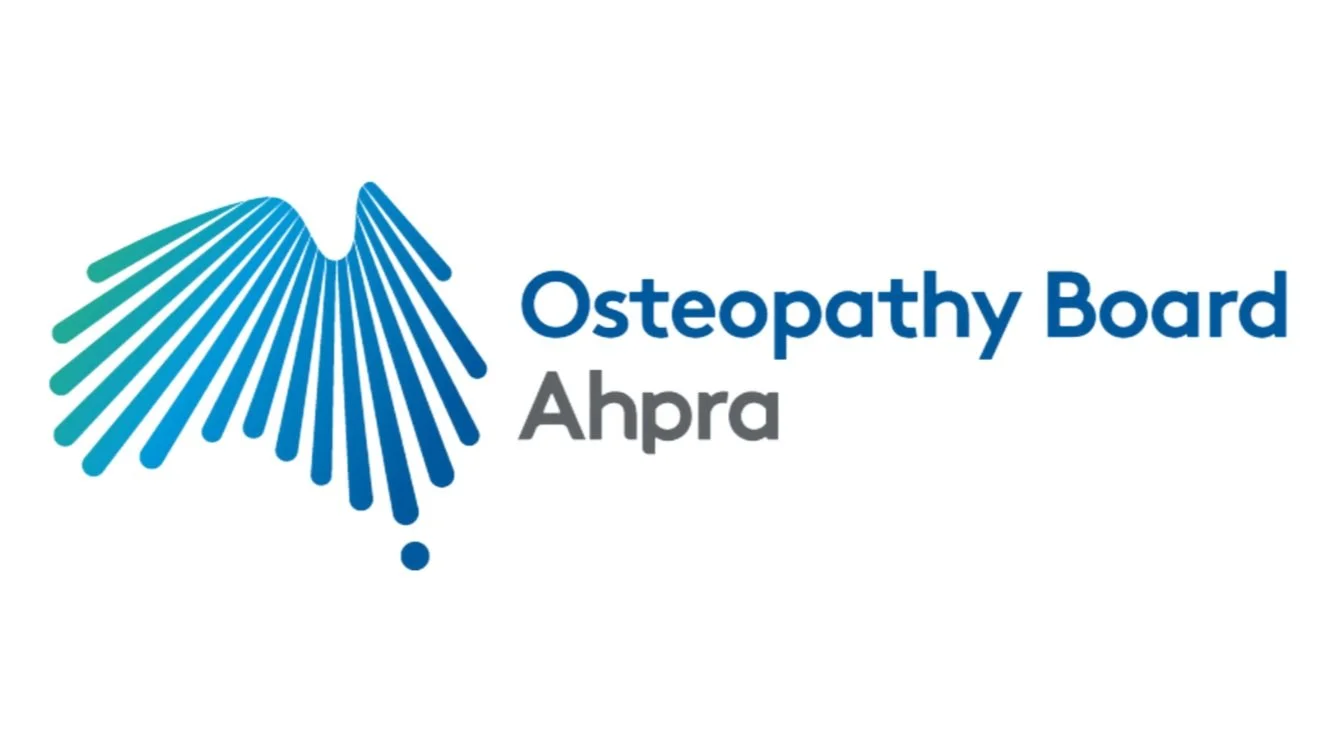Services Offered
Osteopathy in Australia:
A Holistic and Evidence-Informed Healthcare Approach
Osteopathy is a holistic healthcare profession that emphasizes the interrelationship between the structure and function of the human body. Grounded in the biopsychosocial model, it recognizes that health, disease, and functional impairments are multi-factorial and must be understood within the context of the patient’s entire body and lifestyle. In Australia, osteopathy is a government-regulated profession, where practitioners are autonomous primary-contact healthcare providers, meaning patients can directly access osteopathic care without a referral.
Holistic, Biopsychosocial Approach
At its core, osteopathy views the body as a unit where each part interrelates with others. This means that osteopaths assess not only the immediate source of pain or dysfunction but also consider the broader physical, emotional, and social aspects that may be influencing the patient’s condition. The biopsychosocial model integrates these dimensions to offer a more comprehensive understanding of the patient’s health, moving beyond the limitations of a purely biomedical approach.
The holistic nature of osteopathy involves a detailed assessment of the neuro-musculoskeletal system and its interactions with other systems of the body. Osteopaths understand that conditions such as back pain, neck pain, and joint dysfunction may stem from mechanical, emotional, or even environmental factors. Therefore, treatment is patient-centred and individualized, addressing the physical symptoms as well as the underlying causes that may include stress, lifestyle factors, and postural habits.
Manual and Movement-Based Therapies
Manual therapy is a cornerstone of osteopathic practice in Australia, encompassing a wide range of techniques aimed at improving joint mobility, reducing muscle tension, and optimizing the body's biomechanics. Osteopaths use their hands to assess, diagnose, and treat various neuro-musculoskeletal conditions. Techniques may include soft tissue manipulation, stretching, joint articulation, and high-velocity low-amplitude (HVLA) thrusts. These manual interventions aim to have an impact on circulation, nerve function, and the body's natural self-regulating mechanisms.
However, modern osteopathy goes beyond manual therapy alone. Movement-based therapies, exercise prescription, and rehabilitation programs form an integral part of treatment plans. These interventions are designed to support long-term health outcomes, prevent recurrence of injury, and enhance functional capacity. For example, a patient presenting with chronic lower back pain may receive a combination of manual therapy to alleviate immediate discomfort and a tailored exercise program to strengthen core muscles and improve posture, ensuring sustainable recovery.
The integration of movement and exercise therapy aligns osteopathy closely with principles of strength and conditioning. Osteopaths in Australia are trained to assess physical capacity, movement patterns, and strength deficits, using these insights to prescribe specific exercises that enhance mobility and stability. This proactive approach encourages patients to take an active role in their recovery, empowering them to build resilience against future injury.
Evidence-Based Practice and Clinical Reasoning
Osteopathy in Australia is underpinned by evidence-based practice, which involves integrating clinical expertise, the best available research, and patient values into the decision-making process. Osteopaths draw on a growing body of scientific literature related to musculoskeletal pain, biomechanics, and rehabilitation. They apply this evidence in conjunction with their clinical reasoning skills to formulate differential diagnoses, assess patient needs, and develop effective management plans.
The principles of evidence-based practice ensure that osteopaths remain current with the latest developments in healthcare. Ongoing professional development is a requirement for all registered osteopaths, and many pursue higher qualifications or attend continuing education courses to expand their knowledge and refine their clinical skills. This commitment to lifelong learning is essential in a profession that must adapt to emerging evidence, new technologies, and evolving patient expectations.
Exercise Prescription and Strength Conditioning
One of the key strengths of osteopathy in Australia is its focus on exercise prescription and strength conditioning as integral components of patient care. Recognizing the crucial role that physical activity plays in maintaining health, osteopaths often prescribe targeted exercise programs to complement manual treatments. These exercises are not generic; they are carefully tailored to each individual based on their specific needs, functional limitations, and health goals.
For example, patients recovering from shoulder impingement may receive exercises designed to improve scapular stability and strengthen rotator cuff muscles, while those with chronic neck pain might focus on exercises that enhance postural alignment and build endurance in supporting muscles. The osteopath’s role is to ensure that exercises are performed safely and correctly, minimizing the risk of re-injury while promoting optimal biomechanical function.
Strength and conditioning principles are integrated into rehabilitation programs to improve the patient’s overall physical performance. Whether the goal is to return to daily activities, sports, or occupational duties, osteopaths work closely with patients to build strength, endurance, and flexibility, leading to improved resilience against future injuries. This focus on active recovery fosters a greater sense of self-efficacy, as patients develop the confidence and capability to manage their own health.
Lifestyle Modification and Patient Empowerment
Osteopathy in Australia places a strong emphasis on lifestyle modification as a means of improving health outcomes. Osteopaths understand that many factors, including diet, stress, sleep, and ergonomics, contribute to the overall health of their patients. During consultations, osteopaths often provide advice on posture, work-related ergonomics, and general lifestyle habits that may be contributing to musculoskeletal issues. For instance, for a patient with desk-related neck pain, an osteopath might recommend adjustments to their workstation setup, coupled with exercises to counteract the effects of prolonged sitting.
Moreover, osteopaths aim to empower patients by encouraging self-management and active participation in their own care. This involves educating patients about their condition, explaining the rationale behind treatment choices, and guiding them on how to prevent further injury. By fostering self-efficacy, osteopaths help patients take control of their health, enabling them to make informed decisions and implement positive changes that enhance their quality of life.
Patient-Centred and Collaborative Care
Patient-centred care is at the heart of osteopathic practice. Osteopaths take the time to understand each patient’s unique history, concerns, and goals, tailoring treatment to meet their specific needs. This approach ensures that care is not only effective but also respectful of the patient’s preferences and values. In doing so, osteopaths foster strong therapeutic relationships that are built on trust, communication, and collaboration.
Collaboration with other healthcare professionals is another important aspect of osteopathic practice. Osteopaths in Australia work closely with general practitioners, physiotherapists, chiropractors, and other allied health professionals to provide comprehensive care. When necessary, they refer patients to specialists or coordinate with other healthcare providers to ensure the best possible outcomes. This inter-professional collaboration reflects the osteopathic philosophy of treating the whole person, rather than focusing solely on isolated symptoms.
Regulation and Professional Standards
Osteopathy is one of the 16 health professions regulated by the Australian Health Practitioner Regulation Agency (AHPRA). The Osteopathy Board of Australia oversees the registration and regulation of osteopaths, ensuring that they meet high standards of competence and ethics. Osteopaths must complete a university degree in osteopathy, which includes extensive training in anatomy, physiology, pathology, and manual therapy. Upon graduation, osteopaths are required to adhere to strict codes of conduct, undertake ongoing professional development, and maintain registration with the Board.
The regulatory framework ensures that osteopaths practice within their scope and provide safe, effective care to the public. This robust system of regulation fosters public confidence in the profession, assuring patients that osteopaths are qualified and competent healthcare providers.




